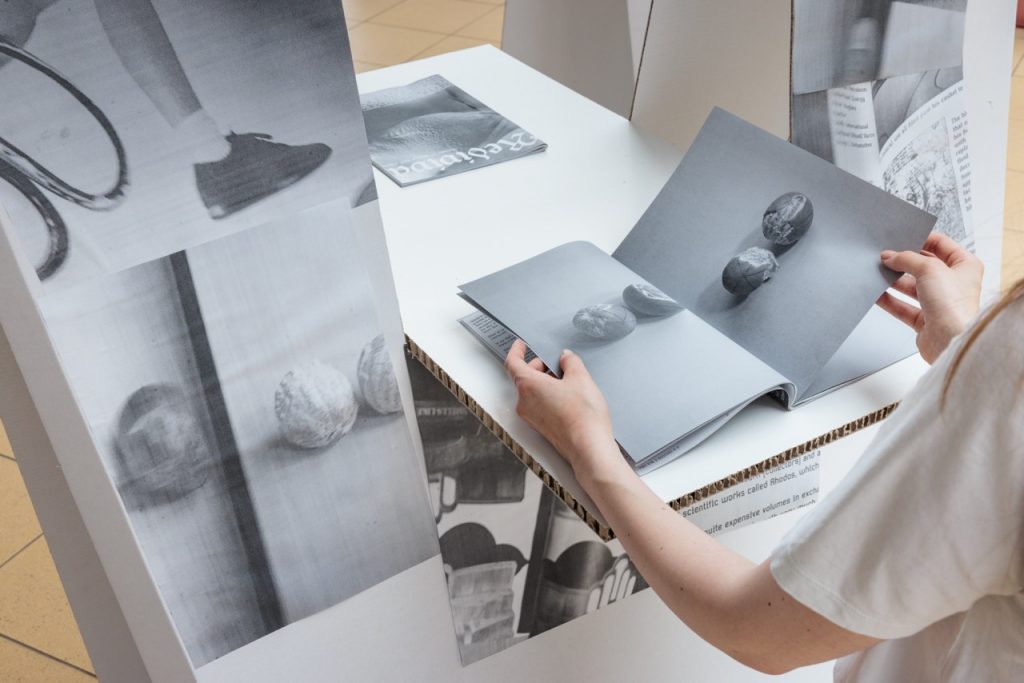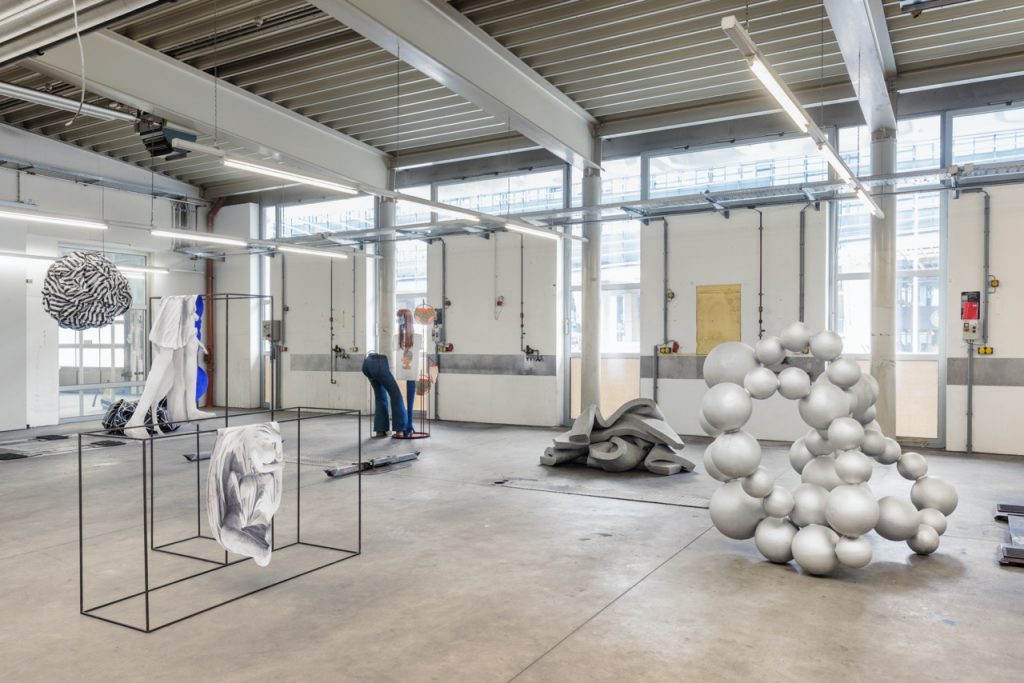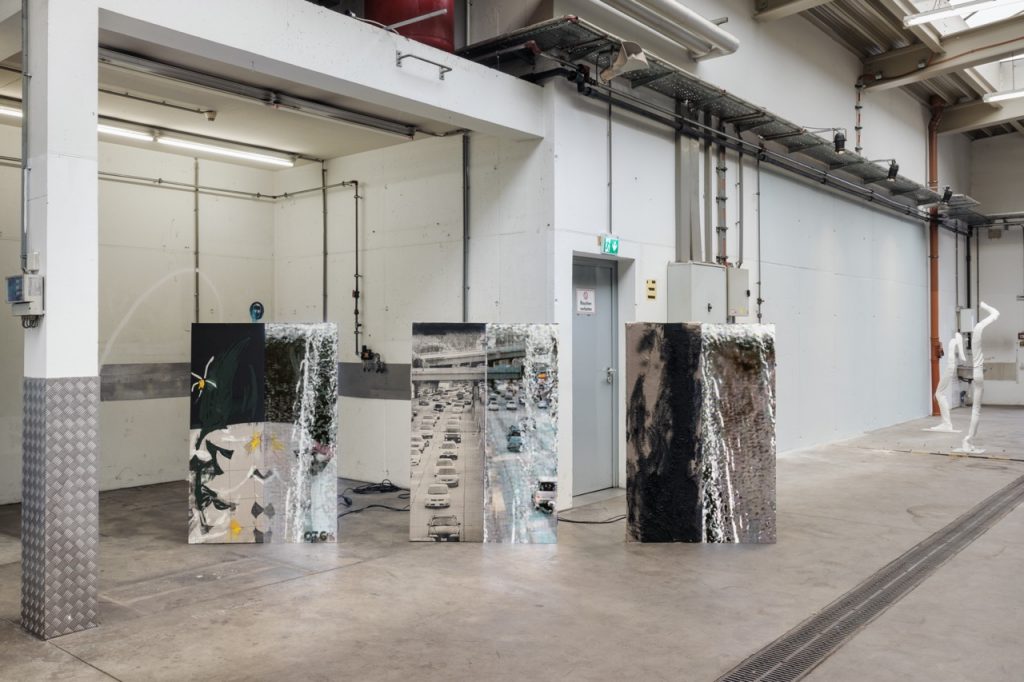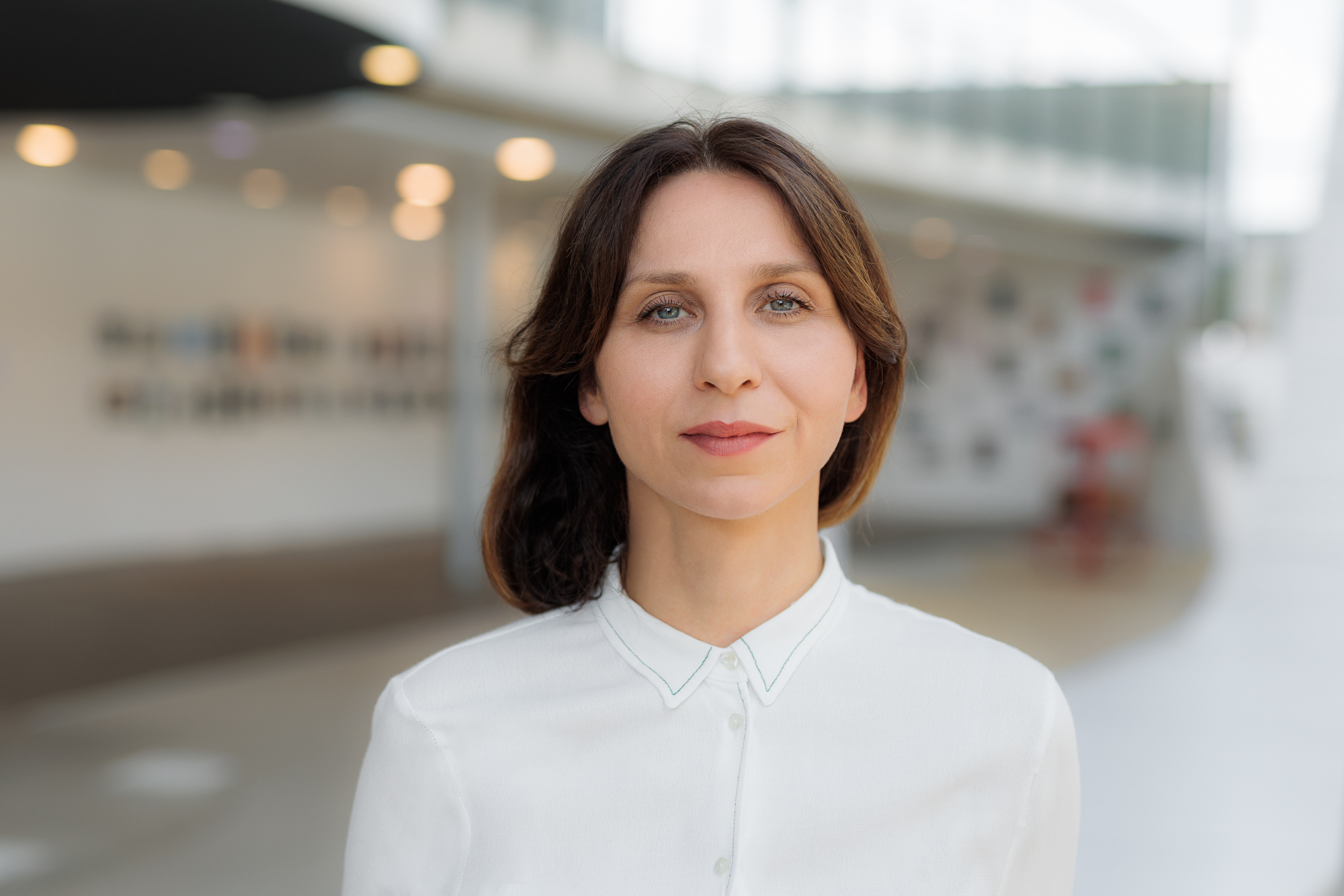Kasia Matt-Uszynska
Generazione Critica: You currently work as director of the Neuer Kunstverein Wien, what was the path that brought you to this position and what were the fundamental stages of your education that defined your professional figure?
Kasia Matt-Uszynska: I was born in Poland and as a teenager I got my first information about art from books and magazines. At that time, it was the Impressionists and the “Salon des Refusès” that inspired me for art. Since then, I always wanted to study art history. After my studies in Vienna, I gained experience in museums like the Leopold Museum and in galleries in Vienna and New York, for which I worked. But my desire was always to do something new and my own, and when I was given a space by a private entrepreneur and collector, the idea of founding the New Kunstverein Wien together with friends was born. We started with a small exhibition space, now we have two adjoining exhibition halls with about 1800 square meters of space, fantastic spaces for contemporary art.
GC: The Neuer Kunstverein Wien (NKW), of which you are director, defines itself as a “free” space, inside your direction and planning. How do you interpretate this aspect and what are the intentions that guide you in the selection of initiatives, curators and artists?
KMU: It has always been important to me to give artists as much freedom as possible away from commercial and institutional restrictions, freedoms and opportunities that they cannot have in museums and larger institutions due to their rigid structures.
The artists often produce on site and can try out many things. We have artists who can work for months on their installations in the NKW spaces on site. Charlotte Gash, for example, assembled her installations of car sculptures in our hall, responding to the former use of our spaces. In our last exhibition “Hello, Dear Ruth, Questions – Déjà Vu? Abonnement inconnu!” was celebrated the 20th anniversary of a magazine developed by a collective of artists.
The artists also had complete freedom to transform the exhibition hall into a huge layout. They were also able to transform the CD of the Kunstverein into the design of their magazine.

Exhibition view, Hallo, LiebeRuth, Fragen – Déjà Vu? Abonnement inconnu!, Neuer Kunstverein Wien 2023
© Photo: Kunst-Dokumentation.com
GC: NKW organized “Hier und Jetzt” exhibition during Vienna Sculpture 2022 last year: configuring itself as a space that also questions and seeks to revolutionize the relationship between art and architecture, how it was for you to curate this exhibition and bring together the vision of different artists inside the spaces of the garage of St. Marx? What were the challenges and perhaps the difficulties you encountered in curating this initiative?
KMU: It was clear to me from the very beginning that the garage spaces of a car dealership in particular are perfect for sculpture and object art. The dimensions, size and height of the space allow us to exhibit objects that have not found a place in galleries or museums or in public space. Through their roughness and transparency, the halls oscillate between the inside and the outside. Of course, an exhibition of this size and weight meant a special effort; you need the enthusiasm and commitment of the artists to carry out such a project successfully.
With the exhibition, we wanted to offer a platform and a way of determining the position of artists who work with sculpture or object art in Vienna. With the project “Hier und Jetzt” – “Here and Now” – my ultimate aim is to make visible art, sculptures and objects that otherwise remain mostly invisible, packed or stored away in warehouses or are only accessible to a few in the studio and have not yet found a place in a museum or in public space. The exhibition presents different generations of artists and concepts of sculpture, but is specifically designed for the spaces of the former St. Marx car dealership. This also gives the works new perspectives and readings through the new contextualization and juxtapositions. The second part of the sculpture project proves how diverse and qualitatively outstanding, thematically and medially, Vienna’s sculpture scene is.
Ambitious projects also require additional funding, which we fought for and managed to get.

Exhibition view, Hier und Jetzt. Wien Skulptur 2023, Neuer Kunstverein Wien
© Photo: Kunst-Dokumentation.com
GC: In addition to the various experiences in relation to sculpture, NKW’s programming tries to include different disciplines by combining with different media, I am thinking, for example, to solo shows such as “The Burrow” (2019) by Agnieszka Polska or “Thingness” (2017) by Yingmei Duan or group exhibitions such as “The Devil to Pay in the Backlands” (2022) and “Autohaus St. Marx” (2021) in which sculpture, video and performance coexist in the exhibition spaces. How important is it for you to offer the NKW audience different experiences capable of reconstructing a varied picture of contemporary artistic experiences? And what kind of response did you get from the public?
KMU: When I came to Austria, I had the feeling that the art scenes here, from visual arts to dance, film to theatre, communicate very little with each other. In fact, they are separated from each other, unlike in Poland, where the scenes overlap more.
There I more often spotted an actor at an exhibition opening than here, people live more with theatre, music, jazz and film in their everyday lives, the areas flow more into each other. I missed that in Austria. Thus, I find the crossing of boundaries and the mutual influence between different disciplines most interesting for myself and the Kunstverein.
To be able to give the visitor the direct experience of art is the most important thing for me. The different media, which complement each other, give the visitor this experience of stepping into different worlds.
GC: In particular, the exhibition “The Devil to Pay in the Backlands” (2022) is an exhibition that not only investigates the contemporary art scene but tries to enter into a critical discourse by showing art as a place in which to investigate today’s society and the relevant cultural phenomena such as the oppressive weight of the capitalist and consumerist mentality and how technological development is causing profound changes in man’s daily life. How important is it for you to be able to include projects that can therefore also lead to a critical reflection on contemporary society?
KMU: I firmly believe that good contemporary art is inherently political, but also political in a broader sense, because it questions habits of thought and experience and encouraging us to a critical consciousness, to new ways of seeing and thinking. As much as socio-political themes flow into art, I also want art to flow into socio-political life.
GC: What are your future goals in the direction and curatorship of cultural activities and in which direction is your research heading inside and outside NKW? Do you already have some project in mind?
KMU: I would like to attract more young people from outside the art scene to art, it is not easy to compete with the abundance of images and “art” on the internet. People (especially young people) need to understand that what they encounter on social media is not necessarily art and must always be critically questioned. Philipp Timischl, for example, clearly shows this in his latest LED work in the last sculpture exhibition “Hier und Jetzt II”. I would like to devote myself to this in long term.
In our upcoming programme at the NKW we are showing a younger Viennese position Sophie Gogl. Next year we are planning an exhibition with Brazilian artists, which will again be very strongly political. Another project in next year’s programme at the NKW will be dedicated to the intersection of art and design.

Exhibition view, detail Philip Timischl, Hier und Jetzt. Wien Skulptur 2023, Neuer Kunstverein Wien
© Photo: Kunst-Dokumentation.com
Portrait of Kasia Matt-Uszynska, photo by Kunst-Dokumentation.com

